Although Rene Tan demurs at the suggestion that he follows a specific style, he admits to taking an ‘experiential-driven’ approach to design. He views this as architecture “whose emphases lie in creating surprises, conjuring the unexpected, and orchestrating the unpredictable”.
This approach is manifested in his own family home, which he calls the ‘Spice Terraces’, after the steps that go up the side of the house and are planted with herbs and spices. Working with his colleague Natalie Mok, Tan has created a layout that is free of dead-ends and where spaces unfold unto themselves. Wherever an opportunity turned up, Tan designed furnishings that were integral to the architecture, in the form of built-in components and finely crafted cabinetry.
“We intended cabinetry to transcend its traditional role; we were no longer interested in it as a storage space—although it could still serve that purpose. Rather, we wanted it to divide, define, and liberate spaces. For instance, the oval cabinetry that encases the elevator shaft also provides a terminus to the never-ending living spaces. Meanwhile, in the kitchen, the cabinetry demarcates the dry and wet areas.” This supports one of Tan’s favorite tenets: ‘Create more rather than buy more’.
(Related: INSIDE: Narrative & Discourse)
Tan, co-founder of the award-winning design practice, RT+Q Archiects, with T. K. Quek, sought and succeeded in creating a ‘house within a house’ where the inner structure is sheltered from elements by an outer shell. This is geared towards making the house sustainable with minimized energy consumption and maximized natural resources.
(Related: INSIDE: A black & white bungalow that's music for the eyes)
His family sees their house as a retreat where they could pursue personal activities. During the lockdowns, Tan painted for hours every day, producing works that he compiled and published in two volumes. His young daughter, an aspiring opera singer, practiced in her own music room, while his wife, a banker, worked in one of the guest suites. These seamless activities are reflected in the layout of the house where spaces are defined according to how they are being used at a given the moment.
“We continue to discover and rediscover hidden corners and views within the house,” Tan enthuses. “We enjoy the internal views and this house offers several opportunities to explore these inner ‘landscapes’.”







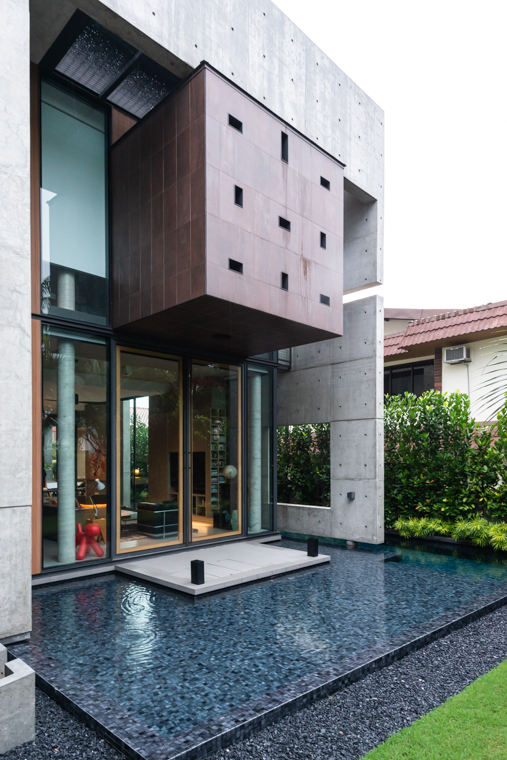
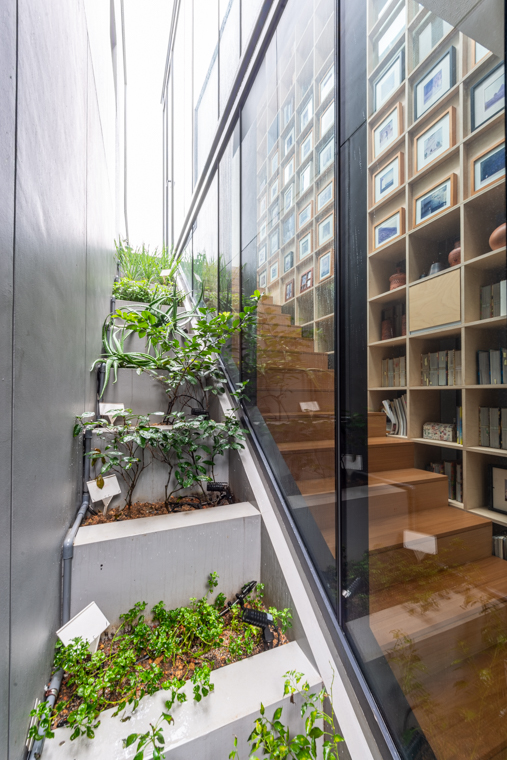
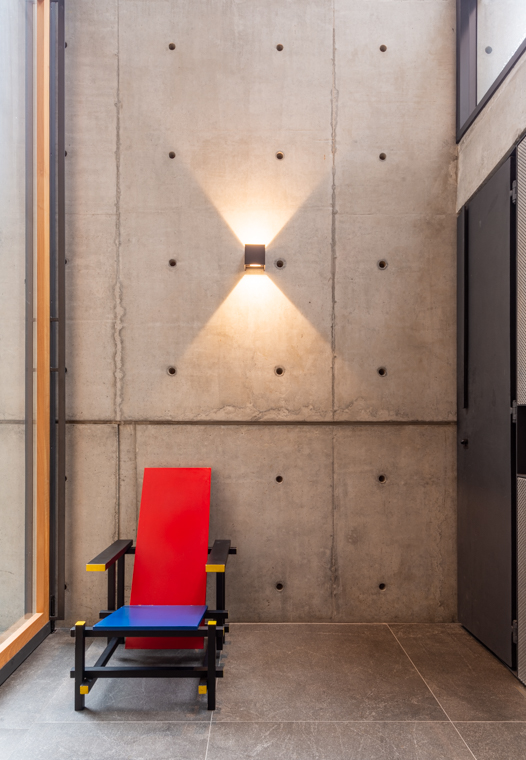

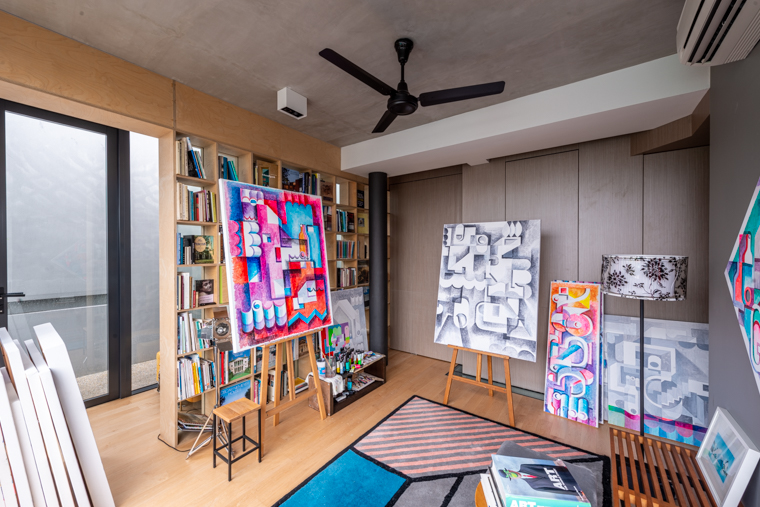
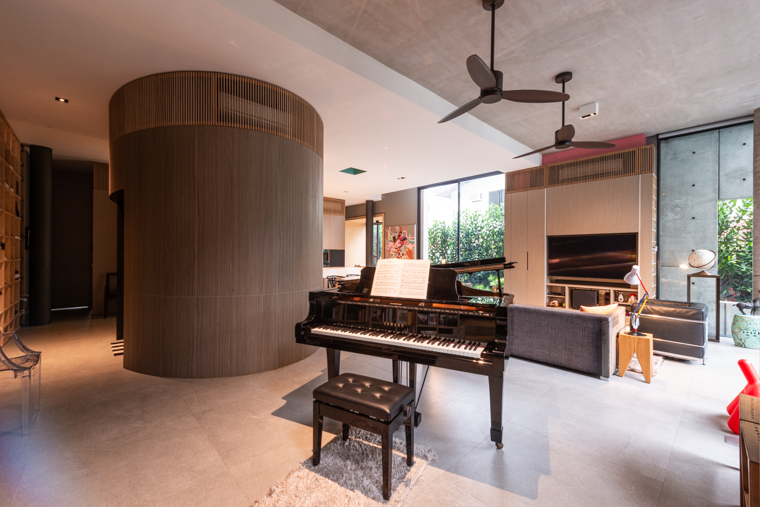
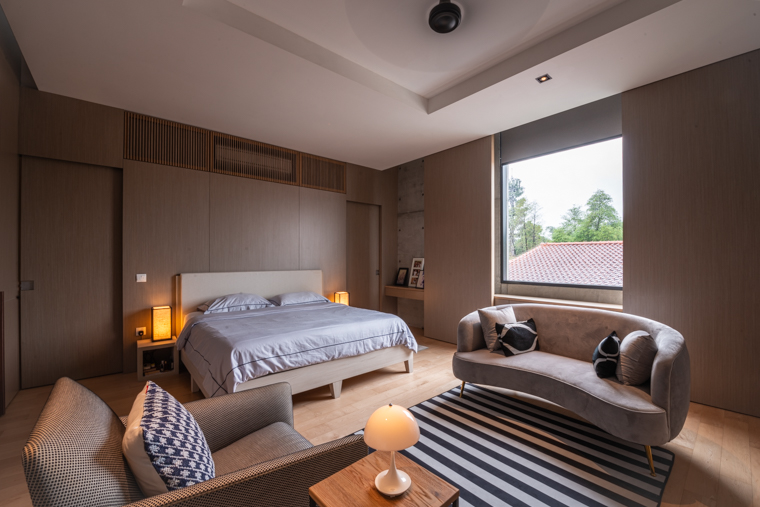
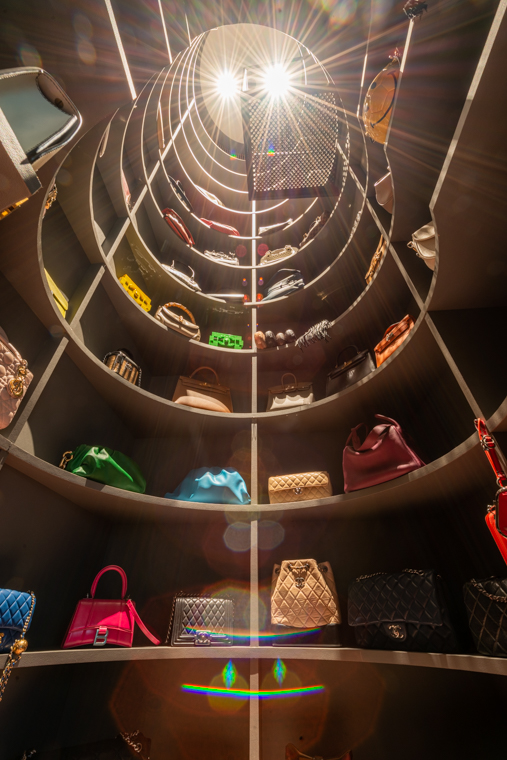
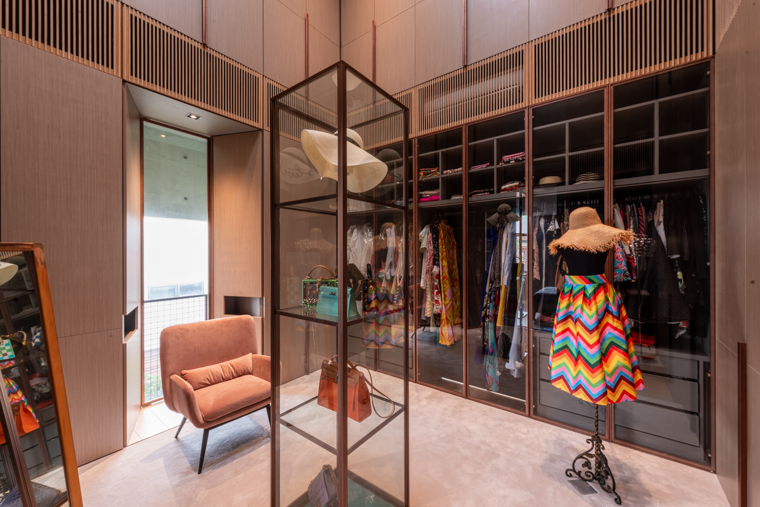
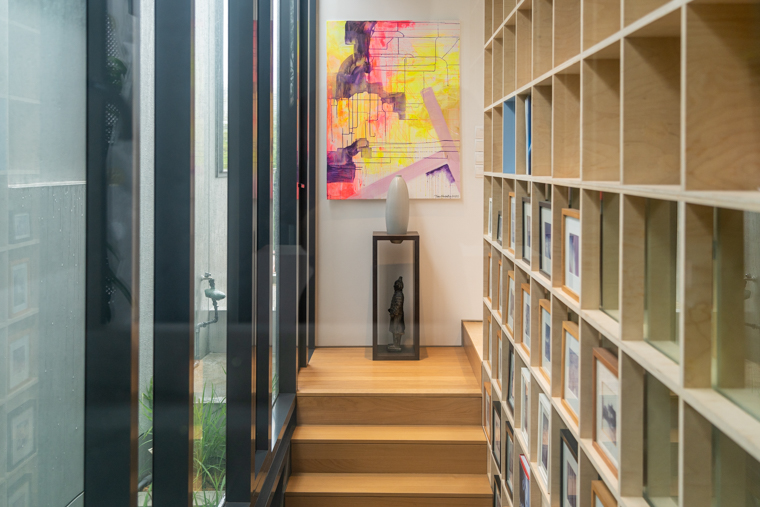
.jpg&w=500&h=550&crop-to-fit)
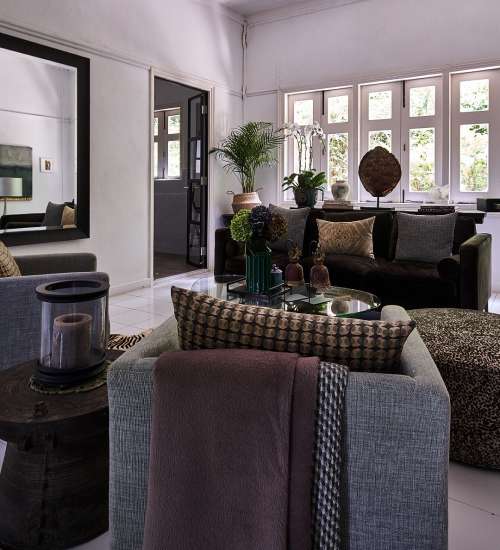
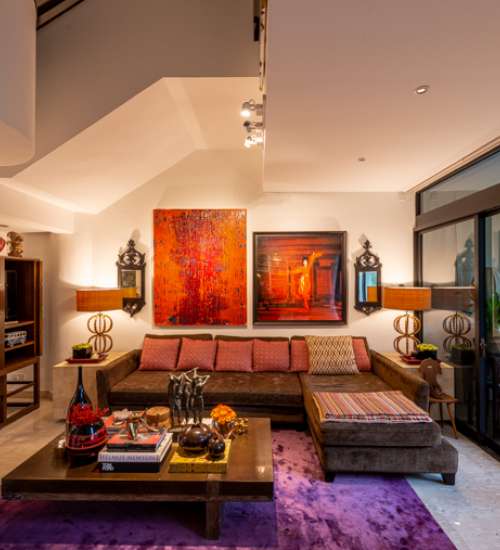
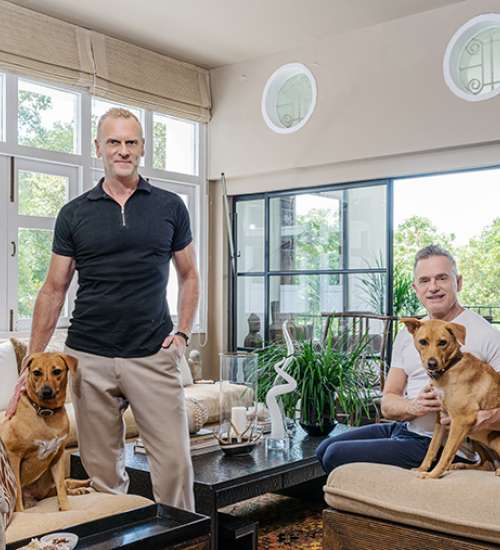
 Back
Back
